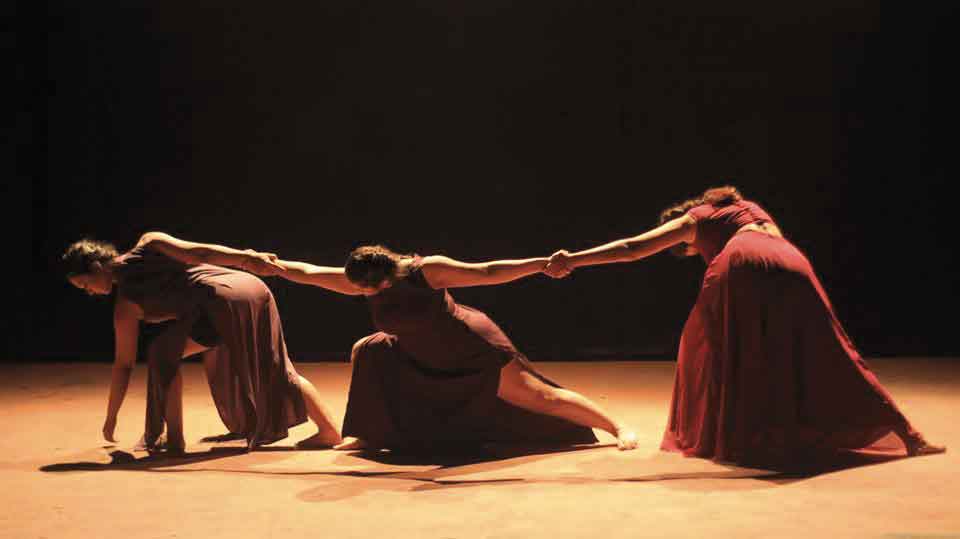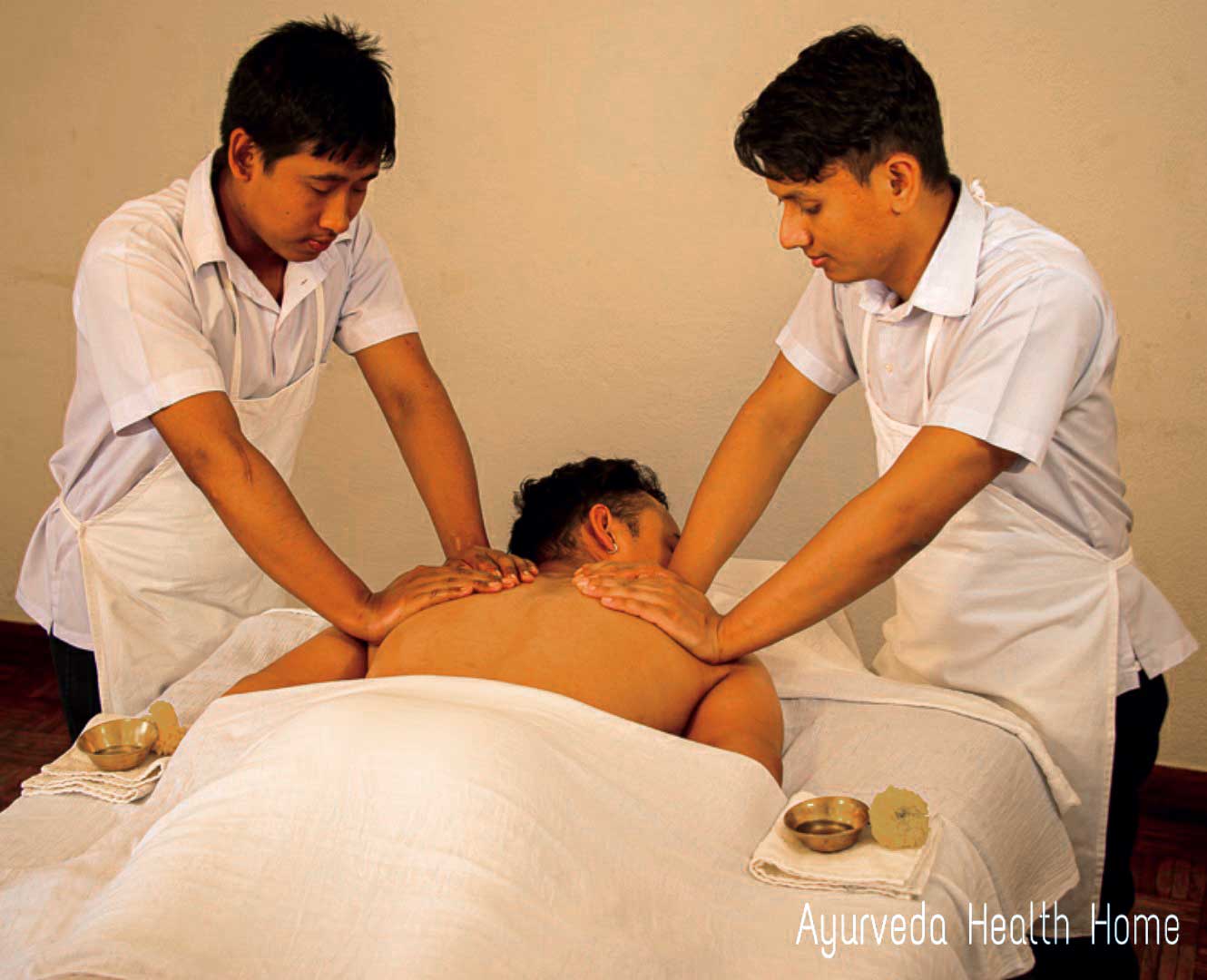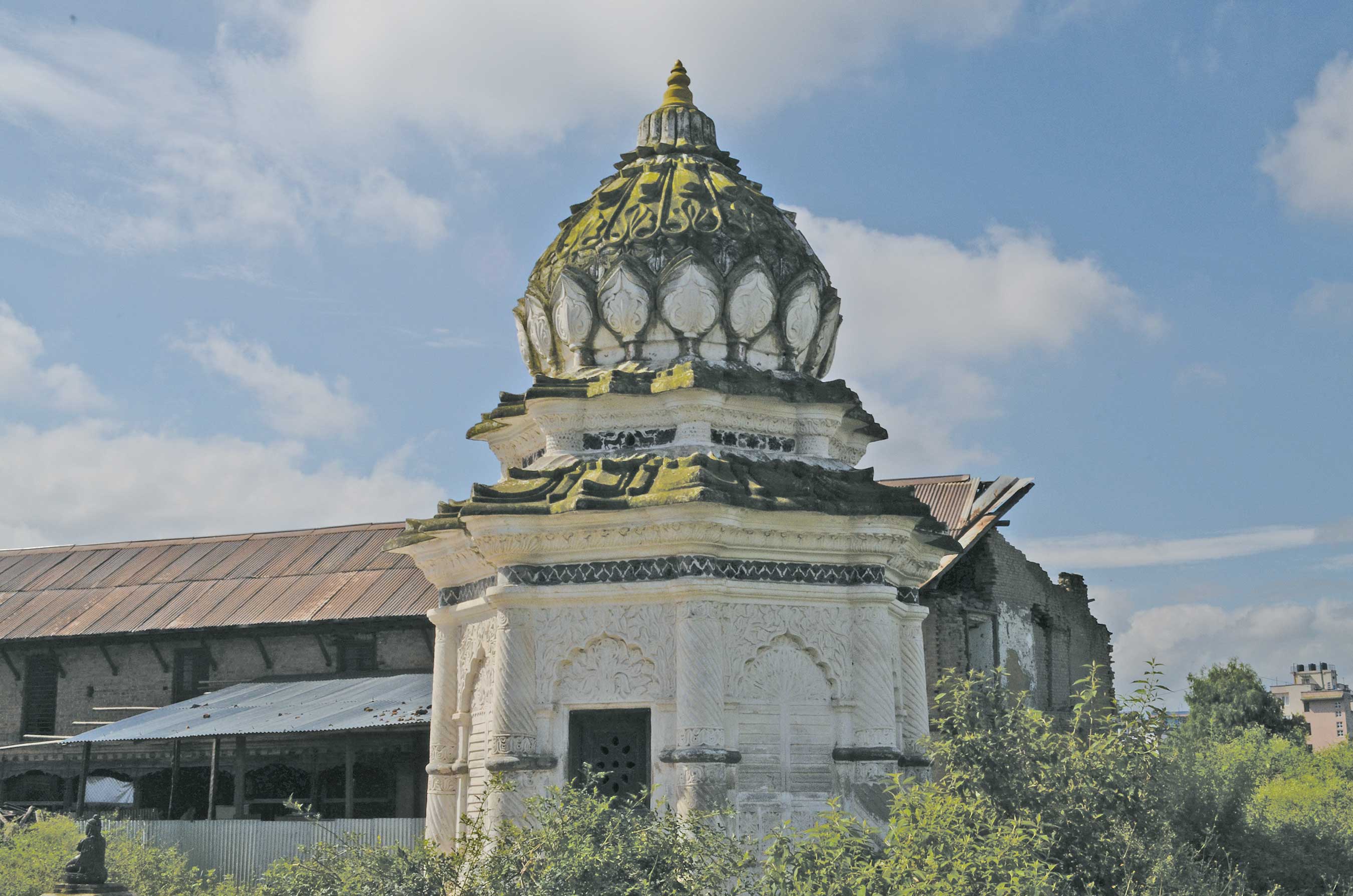The Himalaya range in general and Mount Kailash in particular have inspired awe for anyone who has beheld them. People on all sides of the great mountains have regarded them as space between the world of humans and the heavens. Mount Kailash is sacred to Hindus as the mythological paradise of Lord Shiva and his wife Parvati- who is the daughter of Himavat- the King of the Himalaya. Ganesh, the elephant headed god, who is the remover of obstacles, is the son of Shiva and Parvati and also grew up in and around Mount Kailash.
In Hindu mythology, Shiva, the god of destruction and regeneration, resides at the summit of Mount Kailash which believers regard as the center of the world. Everything on earth and the Universe stretch out in all directions from here. Shiva is often depicted in traditional paintings with Parvati and his son Ganesh on his lap. He is blue in color to reflect the fact that he has taken in all the “poison” in the world so that everything else can live and exist. Shiva is one of three principle Hindu deities along with Vishnu and Brahma forming Trimurti or a triad. Shiva protects but also destroys and is hence found in battlefields and cremating ghats. The most famous one being at the Arya Ghat in Pashupatinath Temple complex along the Bagmati river here in Kathmandu.
 Parvati, it is believed, took up meditation to get Shiva as her husband. She practiced the most severe austerities in order to get her wish granted. It is also said that Shiva took many tests to make sure that her wish was honest before consenting to marrying the daughter of the Himalayas Himavat. There is a story of how Ravana from Lanka wanted to prove himself stronger than Shiva by lifting the whole of Mount Kailash along with Shiva and Parvati. Shiva put his foot down and imprisoned Ravana under the mountain declaring that arrogance is its own enemy. Shiva is also referred to as Gangadhara or the one who keep Ganga in his hairlocks. The dancing form of Shiva is known as the Nataraja and symbolizes the eternal motion of the universe. All stage performers in Nepal and the region regard him as their patron.
Parvati, it is believed, took up meditation to get Shiva as her husband. She practiced the most severe austerities in order to get her wish granted. It is also said that Shiva took many tests to make sure that her wish was honest before consenting to marrying the daughter of the Himalayas Himavat. There is a story of how Ravana from Lanka wanted to prove himself stronger than Shiva by lifting the whole of Mount Kailash along with Shiva and Parvati. Shiva put his foot down and imprisoned Ravana under the mountain declaring that arrogance is its own enemy. Shiva is also referred to as Gangadhara or the one who keep Ganga in his hairlocks. The dancing form of Shiva is known as the Nataraja and symbolizes the eternal motion of the universe. All stage performers in Nepal and the region regard him as their patron.
Mount Kailash and the landscape around it are sacred to Buddhists, Hindus, and the practitioners of Bon, Jainism and Sikhism. Thousands of pilgrims go to the great mountain each year. It is the source of the four major rivers, Indus, Brahmaputra, Karnali, and Sutlej. There are plans underway to preserve the entire Kailash Sacred Landscape (KSL) and will consist of nearly 31000 square kilometers of Tibet Autonomous Region of China, parts of India and the four mountain districts of west Nepal. There is even talk of seeking World Heritage Site nomination from UNESCO. It will be a great symbol of cooperation between three neighbors.
In Jainism, Kailash is called Meru Parvat and is the site where first Jain Trithakara Rishavadebha attained moksa. Tantric Buddhists believe that Kailash is home of Buddha Demchok or Chakrasamvara who represents supreme bliss. It is also believed that Milarepa, champion of tantric Buddhism challenged the champion of Bon religion of Tibet. When there was no clear winner, the two agreed that whoever got to the summit of Kailash first would be the victor. It is quite obvious why everyone seeks to preserve Kailash and the environment around it. Kailash is a very common first name today. There is Kailash bank, Kailash apartments, Kailash travel agencies and just about any product named after the great Mount Kailash, the abode of Shiva, Parvati and their son Ganesh. The palace of ancient Nepali ruler Amshu Verma was called the Kailash Kut Bhawan.











